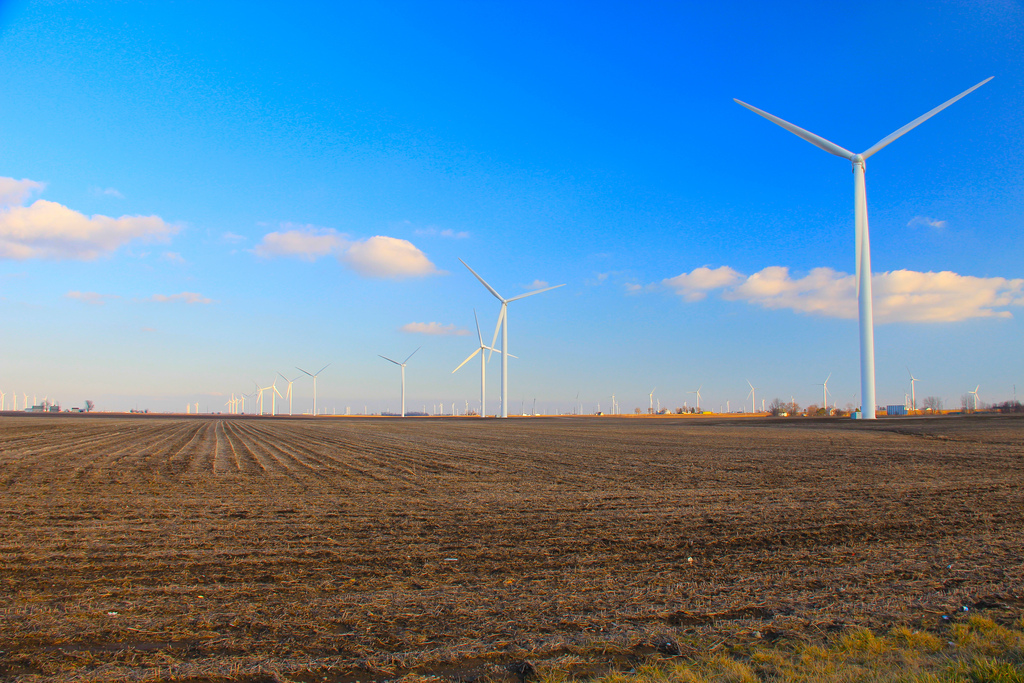Why can’t we make significant strides in combating homelessness? Why does the construction of adequate housing in high-demand regions persistently falter? Why are we unable to execute the extensive setup of wind farms and solar plants? Why does the emergence of next-generation nuclear power plants seem a distant dream? Among the complex array of answers that emerge, one frequent, simple response often floats to the top: “NIMBY-ism.”
The acronym “NIMBY,” which stands for “Not In My Back Yard,” is a phrase emblematic of certain residents who vehemently oppose development projects in their local areas. Their opposition, interestingly, is not necessarily premised on any deep-seated issues with the project itself. Rather, it is the development’s proximity to their home that evokes their protest. The term NIMBY has an unsurprisingly pejorative tone. It conjures an image of an individual prioritizing personal comforts over the common good. NIMBY tends to paint a picture of selfishness — an individual who comprehends the potential advantages of a project for the broader community and could even endorse it enthusiastically, provided it happened elsewhere. Picture a resident who resists a development project for fear it may reduce the exclusivity of their neighborhood, cause a slight dip in their property value, or result in the tiniest disruption to their everyday routine.
This portrayal often transforms NIMBYism into a moral failing — an ethically suspect character-type indicative of a lack of empathy and commitment to collective responsibility. Indeed, many philosophers suggest that the cornerstone of morality is impartiality — an unbiased concern for the rights and well-being of all individuals. This view implies that moral violation occurs when a person fails to act with such impartiality, demonstrating inequitable concern for others.
Can anything be said in defense of NIMBY sentiment? Is it possible that some NIMBYs could be misunderstood “NIABYs,” defenders of the principle: “Not in Anyone’s Backyard”? There can be instances where opposition to development springs from genuine impartial concerns about preserving local community values, upholding neighborhood aesthetics, or ensuring environmental and cultural preservation. The impartial NIABY opposes development in any area where these values are at stake, not merely in their own. This perspective, in contrast to NIMBYism, doesn’t seem selfish and doesn’t appear to violate the impartiality central to morality.
But what about the true NIMBYs? Aren’t they necessarily morally deficient? Well, the moral demand for strict impartiality isn’t always clear-cut. We wouldn’t demand a parent care equally about the well-being of a stranger’s child as they do their own. Likewise, we wouldn’t expect someone to invest the same effort for anybody as they would for a dear friend. Thus, some level of partiality — varying degrees of care contingent on the significance and the special nature of relationships — might not just be morally permissible but could even be an aspect of having good moral character, of being connected to others in the right kind of way.
Viewed through a generous lens, NIMBYism could be seen in a similar light. Just as it seems socially acceptable for most of us to contribute to a friend’s healthcare costs (despite the fact that our dollar could have more impact donating to highly effective charities), perhaps it is also acceptable to care particularly about the welfare of one’s own community and its residents. After all, people share deep and meaningful connections with their communities, akin to their ties with friends and family members.
This defense of NIMBYism, however, has its limits. Even if morality can accommodate a degree of partiality, there comes a point when the needs of the wider community must be taken into account. NIMBYs still might be taking their partiality too far, just as a parent might inappropriately overprioritize the well-being of their own child above the well-being of others.
If morality does allow for some degree of partiality, if it makes space for special concern for specific relationships, then perhaps the issue with NIMBYism lies elsewhere. Perhaps NIMBYism’s ultimate problem lies more in the realm of justice. Certain people and communities are strategically positioned to leverage existing zoning and development laws to block local development. Areas populated by educated, wealthy, and time-rich residents have an apparent advantage here, thereby nudging undesirable development towards areas with fewer resources to resist effectively. This inevitably creates disparities in the distribution of developmental benefits and burdens.
So, if this perspective on NIMBYism holds water, then perhaps the typical moral condemnation of NIMBYs is misguided. But what’s the appropriate alternative? One solution could be a reform of development and zoning laws to ensure a level playing field amongst communities. If it’s morally permissible for all of us to harbor special care for our own communities, then it becomes crucial to have a political system that equally enables all of us to express that special care.



